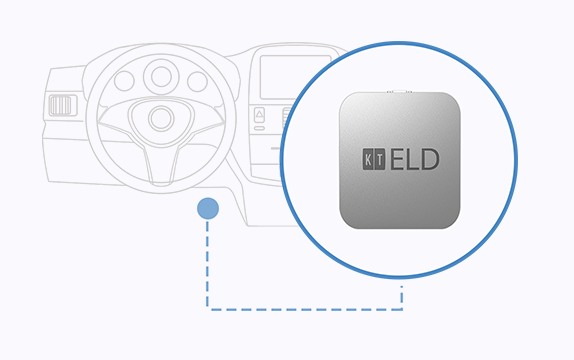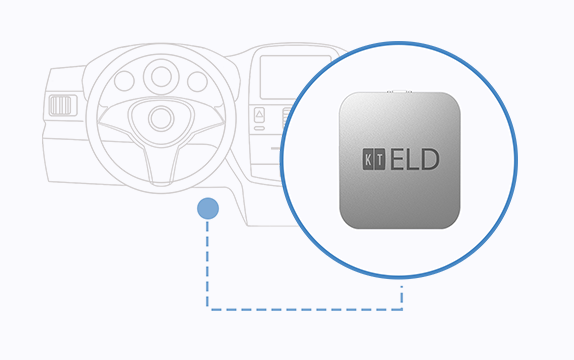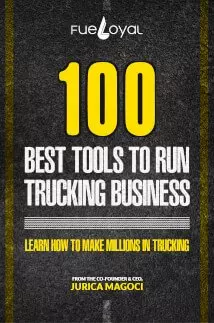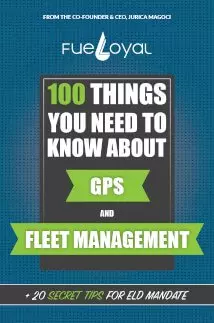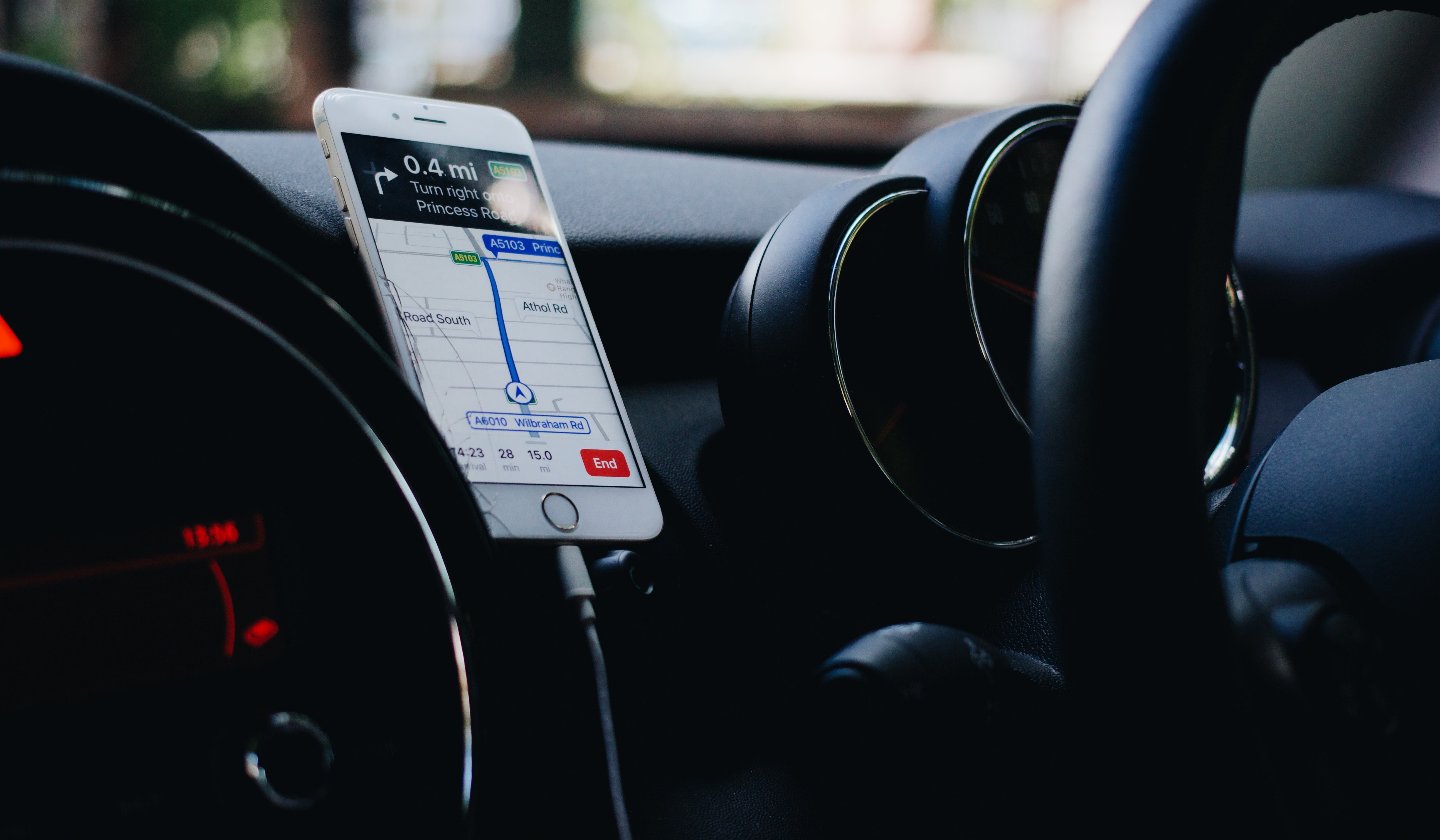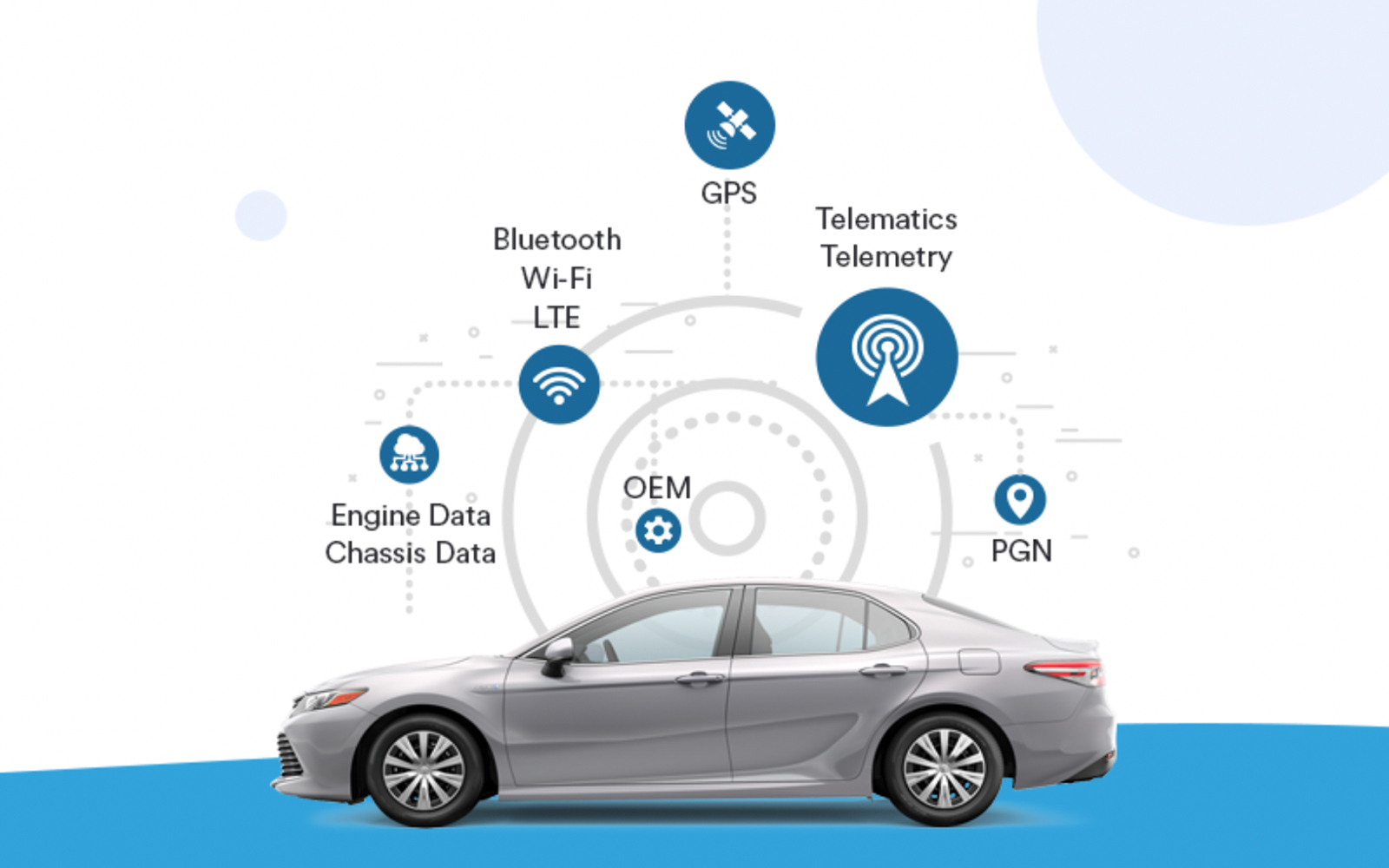Say goodbye to using the paper logbooks for tracking Hours of Service (HOS). Federal Motor Carrier Safety Administration (FMCSA) is publishing final rule of ELD mandate, most likely on November 30th. After all delays, it’s really happening this time.
LEARN 12 SECRET STEPS HOW TO MAKE $950 MORE PER TRUCK / MONTH
Hey! I'm George J.Magoci and I will send you a FREE eBook where you can learn 12 secret steps how to make $950 more truck/month.

It’s a major change in transport regulation and you need to get yourself ready for it. Lose all confusion and break the myths about ELD mandate.
Therefore, I’m going to answer to what ELD is, how will effect your business and clear all the buzz around it.
Let’s start.
What is an Electronic Logging Device – ELD?
It’s an electronic solution for professional truck drivers and commercial motor carriers to track Hours of Service – HOS compliance.
The new ELD have to:
- connect to the truck’s engine in order to record if the truck is in motion
- allow the driver to log in and select On-duty, Off-duty, or On-Duty Not Driving, and depending on vehicle movement drive segments must be selected automatically
- graphically display a Record of Duty Status – RODS, to make a quick look of hours easier for a driver
- provide data in a format that can be transmitted to law enforcement in a different ways, such as wireless web services or USB
- be provider-certified that the device meets the proper specifications
- be listed on an FMCSA website
Does ELD apply to me and when should I have it?
All CDL drivers, required to keep a RODS (also called HOS reports), will have to use it by 2017. There are around 3 million vehicles in this category, and 3.4 million drivers.
